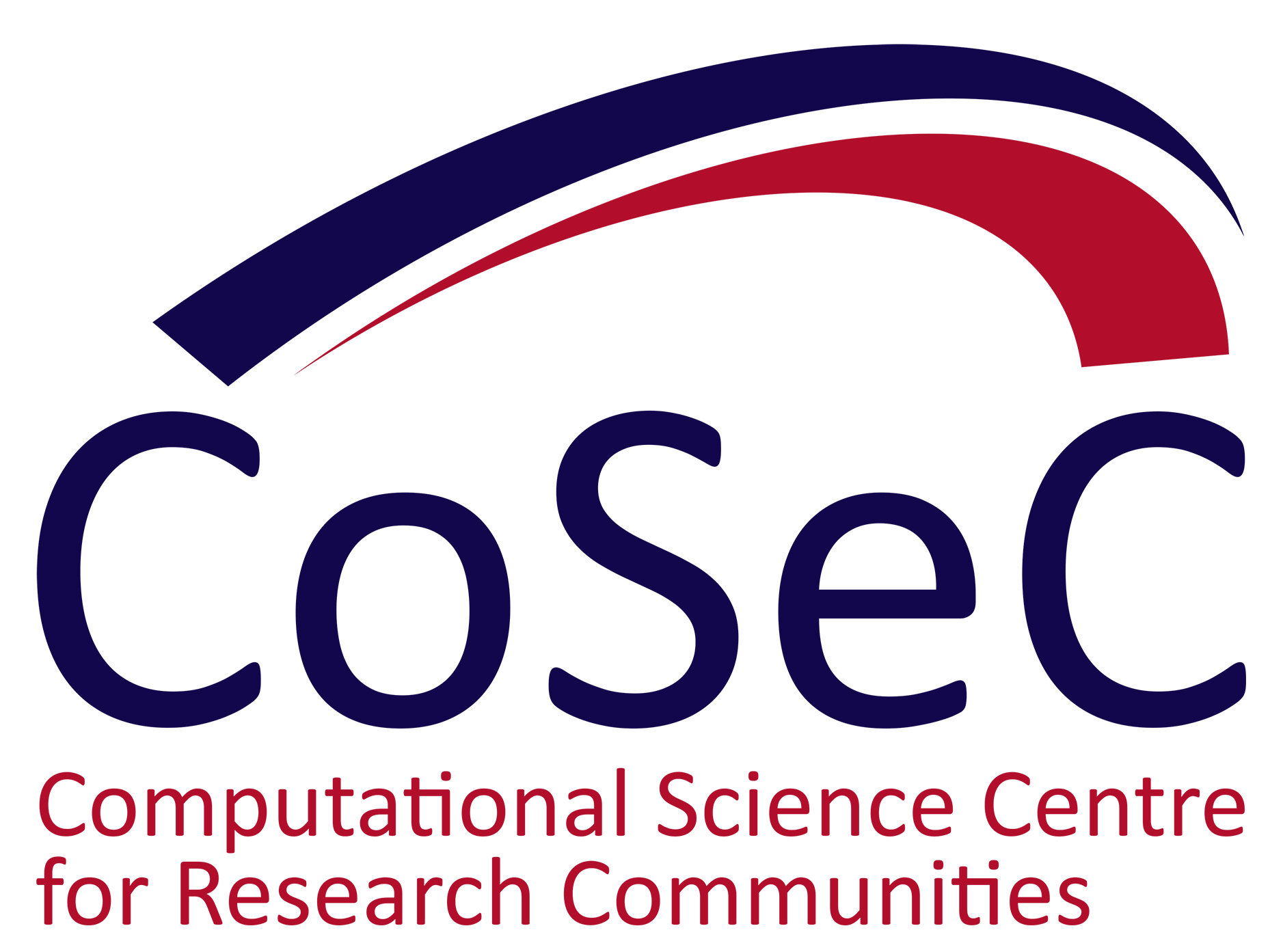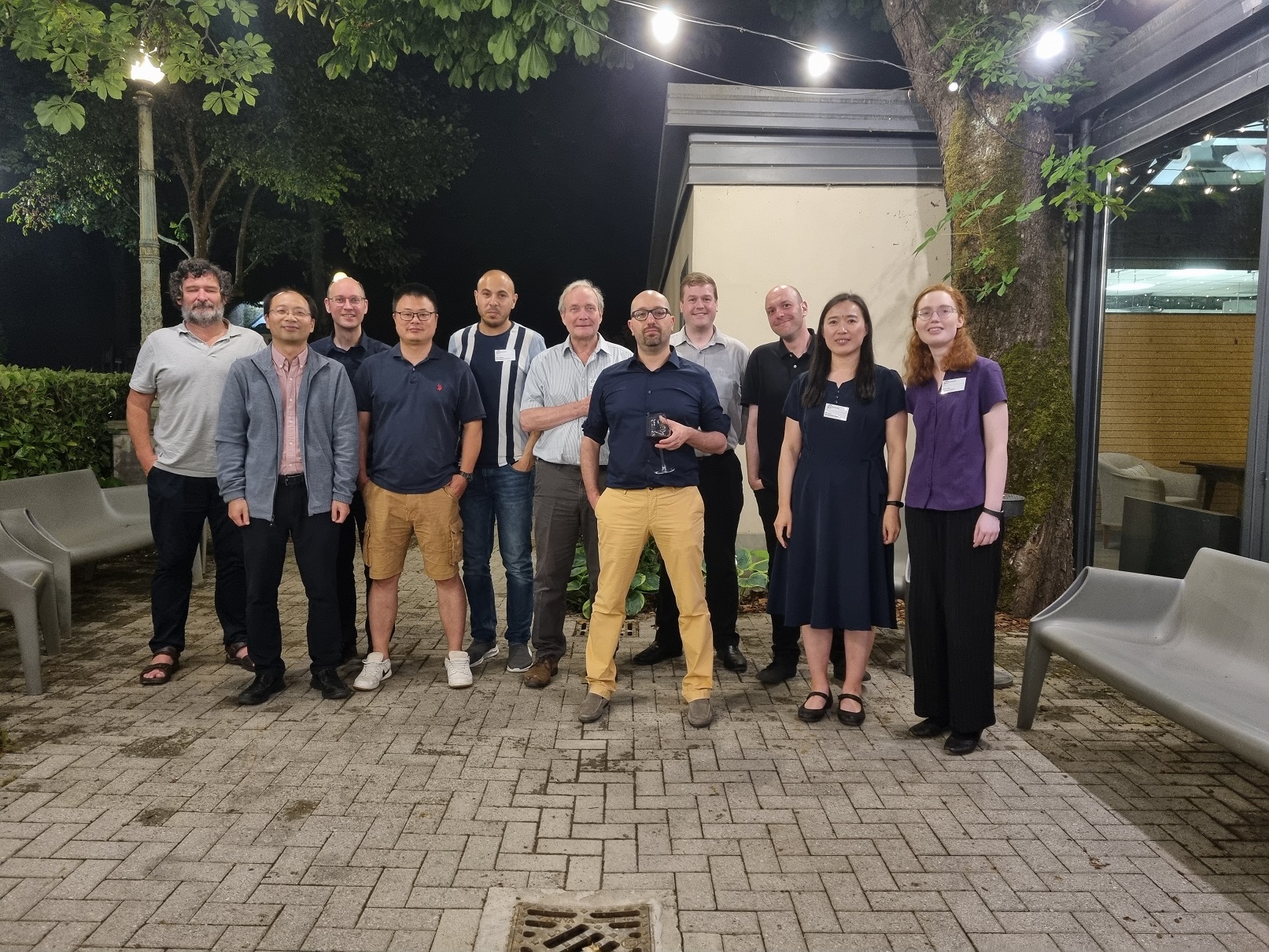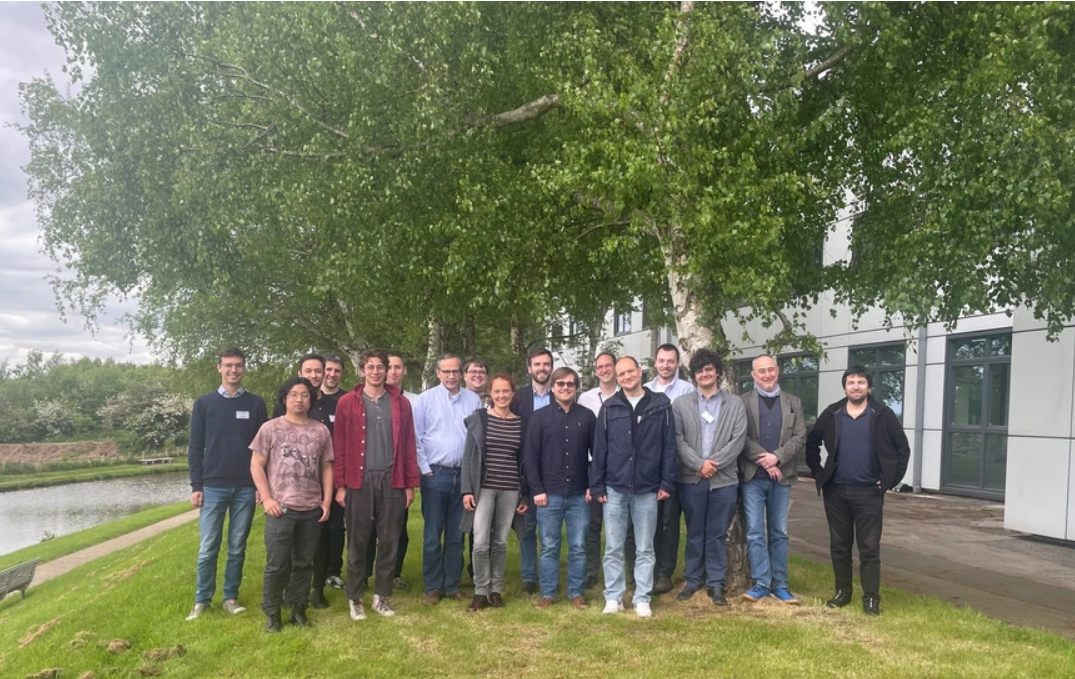
In the field of Computational Engineering
On the 25th to the 27th of May the Scientific Computing Department (SCD) and the Politecnico di Torino, Italy, held the 33rd Parallel Computational Fluid Dynamics ParCFD 2022 Conference in Alba, Italy. The event was also supported by CoSeC, Ercoftac and the Alba City Council. Organised by the Computational Engineering and Environment Group from the Daresbury Laboratory part of SCD, together with the Multiphase Systems and Chemical Engineering Group at Politecnico di Torino, this was an international forum with both in-person and on-line participants more than 150 in total.
 Conference attendees from STFC-SCD left to right: Dr. Charles Moulinec, Dr. Jianping Meng, Dr. Greg Cartland-Glover, Dr. Jian Fang, Dr. Omar Ahmed Mahfoze, Prof. David Emerson, Dr. Stefano Rolfo, Dr. Stephen Longshaw, Dr. Valantis Tsinginos, Dr. Wei Wang, and Miss Harriet Jones (University of Chester). Stefano was one of the two conference chairs; Charles, Wei, Stephen, Jian and David were all members of the conference organising committee, and Harriet helped with the organisation during the conference.
|
The programme covered several topics from hypersonic aerodynamics to CFD algorithms for exascale computing and AI/Machine Learning for high performance computing (HPC) and CFD. Seven invited
lectures were also delivered from experts in the field covering: NASA'S view on Quantum Computing from
Dr. Rupak Biswas; Multiphysics modelling of the heart from Prof. Roberto Verzicco; and dancing flames and aerothermal-acoustics from Prof. Aimee Morgans. Prof. Catherine Noakes introduced the challenges of using modelling and simulations to study the spreading of infectious diseases and Mr. Floros Evangelos introduced the EU roadmap in exascale computing. Finally, Prof. Elisabetta De Angelis introduced the complex subject of modelling non-Newtonian turbulence. The organising committee extends a very big thank you to the event's additional sponsors - AWS, E4 and AMD - for their invaluable support.
In the field of Materials Science
Spring proved to be an active time for the electronic structure community members of CECAM1, CCP92 and Psi-k3 with two events taking place at Daresbury Laboratory, the first being the Flagship school of CECAM/Psi-k/CCP9: the 4th Daresbury Questaal School on May 10th to 12th. The three day event attracted 20 physically present participants and approximately 30 via zoom. The School was a mix of lectures, talks and hands-on tutorials given by Dr. Jerome Jackson (STFC-SCD), Prof. Mark van Schilfgaarde (King's College London), Dr. Dimitar Pashov (King's College London), Dr. Francois Jamet (National Physical Laboratory), Dr. Brian Cunningham (Queen's University, Belfast), Prof. Silke Biermann (L'Ecole Polytechnique), and Dr. Swagata Acharya (King's College London).
Questaal comprises a suite of electronic structure codes mosty using an all-electron implementation of the quantum mechanics based method: density functional theory (DFT). Its advantage over DFT is a reduced demand on computational resources, although using the codes requires tailoring the set-up for each new system. In addition to modelling the electronic structure of materials, it's also used to explore their magnetic properties, and with the addition of Dynamical Mean Field theory has the potential to describe the origins of unconventional superconductivity.

Organisers and attendees of the Questaal School. Image courtesy of https://www.questaal.org/news/20220328-hands-on-course/
The second Daresbury-based event was held on the 6th to the 10th of June: the Daresbury DFTB+ school. The project lead of CCP9, Dr. Leon Petit of STFC-SCD was one of the three organisers including Dr. Bálint Aradi (University of Bremen) and Dr. Ben Hourahine (University of Strathclyde). There were 30 on-site participants and 8 tutors. Density Functional Based Tight Binding (DFTB) methods approximate through paramaterisation the compute-intensive, highly accurate DFT method. DFTB methods have the potential to match DFT results using a small fraction (100th to 1000th) of DFT's required compute power.
From Daresbury to Trieste, Dr. Jerome Jackson presented CCP9's library developments (completed by Jerome, Leon and Dr. Barry Searle - also STFC-SCD) at the Wannier90 developer meeting at ICTP4.
1 2:
2: 
3:  4:
4: 
